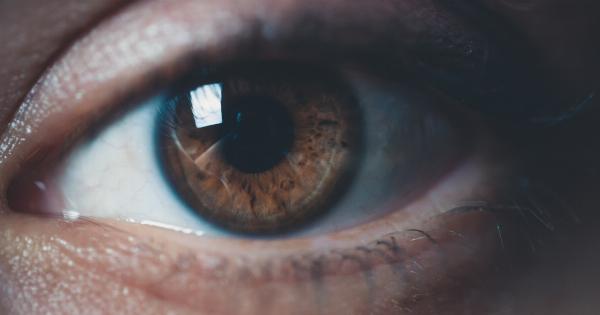Dry eye is a common condition that occurs when the eyes don’t produce enough tears to adequately lubricate and nourish the eyes. It can cause discomfort, irritation, and even damage to the front surface of the eye.
Fortunately, there are several tips you can follow to manage dry eye symptoms and prevent complications.
1. Use Artificial Tears
Artificial tears are over-the-counter eye drops that can help lubricate the eyes and relieve dryness and irritation. They can be used as frequently as needed throughout the day.
There are several types of artificial tears, so it’s important to choose the right one for your needs. Some are thicker and provide longer-lasting relief, while others are thinner and may need to be used more frequently.
2. Take Breaks During Screen Time
Staring at a computer screen, phone, or other digital device for prolonged periods can cause eye strain and exacerbate dry eye symptoms.
To reduce the strain, try the 20-20-20 rule: every 20 minutes, take a 20-second break and look at something at least 20 feet away. This can help reduce eye fatigue and give your eyes a chance to rest and rehydrate.
3. Adjust the Humidity in Your Environment
Dry air can worsen dry eye symptoms, so it’s important to maintain a comfortable level of humidity in your home or workplace. A humidifier can help add moisture to the air and reduce eye dryness and irritation.
4. Wear Sunglasses
Sunglasses can help protect your eyes from harsh sunlight and wind, which can exacerbate dry eye symptoms. Look for sunglasses with 100% UV protection and wraparound frames to maximize coverage.
5. Stay Hydrated
Dehydration can contribute to dry eye symptoms, so it’s important to stay hydrated throughout the day. Drink plenty of water and avoid caffeine and alcohol, which can be dehydrating.
6. Eat a Balanced Diet
A well-balanced diet can help nourish your eyes and reduce the risk of dry eye. Focus on foods rich in omega-3 fatty acids, such as oily fish, nuts, and seeds.
You should also include plenty of fruits and vegetables, which are high in vitamins A and C, and lutein and zeaxanthin, which have been shown to benefit eye health.
7. Blink More Frequently
Blinking helps spread tears across the eye surface and prevent dry spots. If you spend a lot of time staring at a screen or doing other near work, you may not be blinking as often as you need to.
Try to be more conscious of your blink rate and make an effort to blink more frequently throughout the day.
8. Avoid Smoking
Smoking can exacerbate dry eye symptoms and increase the risk of other eye diseases. If you smoke, try to quit, and if you don’t smoke, avoid exposure to secondhand smoke.
9. Clean Your Eyelids
Buildup of bacteria and debris on the eyelids can contribute to dry eye symptoms. To keep your eyelids clean, you can use a warm compress, a gentle eyelid cleanser, or baby shampoo diluted with water.
Be sure to follow any specific instructions given by your eye doctor.
10. Visit Your Eye Doctor
Your eye doctor can assess the severity of your dry eye and recommend appropriate treatments or management strategies. They may suggest prescription eye drops, ointments, or medications to help alleviate symptoms.
They can also monitor your eye health and catch any complications before they become more serious.
Conclusion
Dry eye can be a frustrating and uncomfortable condition, but there are many strategies you can use to manage symptoms and promote healthy eyes.
By using artificial tears, adjusting the humidity in your home or office, wearing sunglasses, staying hydrated, eating a balanced diet, blinking more frequently, and avoiding smoking, you can help reduce your risk of dry eye and improve your overall eye health.





























